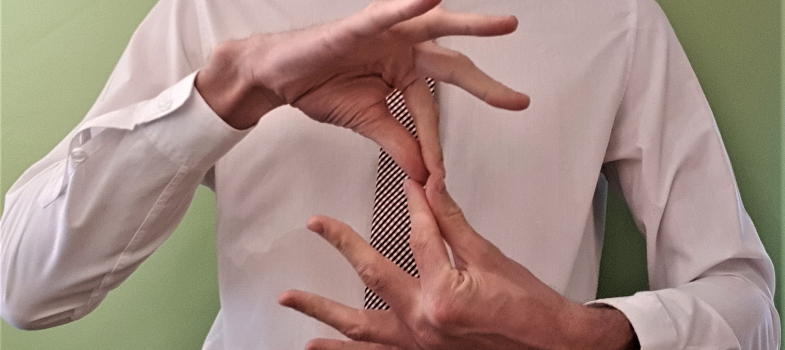3 Different types of hearing loss
The type of hearing loss incurred depends on which part of the ear is affected.
I would suggest the majority of hearing loss is a ‘Sensorineural’ loss. This is caused by a malfunction in the cochlear. The cochlear is situated in the inner part of the ear.
The other types of hearing loss are: Conductive (when there is damage in the middle ear) and Multi Conductive and Sensorineural which would suggest the middle and inner ear are impaired.
Activity 4: Communication tactics
If you were to meet someone who is deaf or hard of hearing how should you communicate with them? Make a list of the sorts of things you should and shouldn’t do.
Answer
Things you should do:
- Get the person’s attention
- Face the person at all times
- Use gestures and body language
- Take your time/slow down your speech
- Switch off TVs, radios or anything else that might impere hearing
- Use an expressive face.
Things you shouldn’t do:
- Say ‘it doesn’t matter’
- Stand in a position where they can't see you properly
- Shout
- Cover your mouth
The tactics discussed may help communicating with deaf people. For those people who are profoundly deaf or struggle to communicate using English it may be that they are most comfortable communicating in sign language. Section 4 considers British Sign Language in more detail.
2 Hearing loss and the ear

